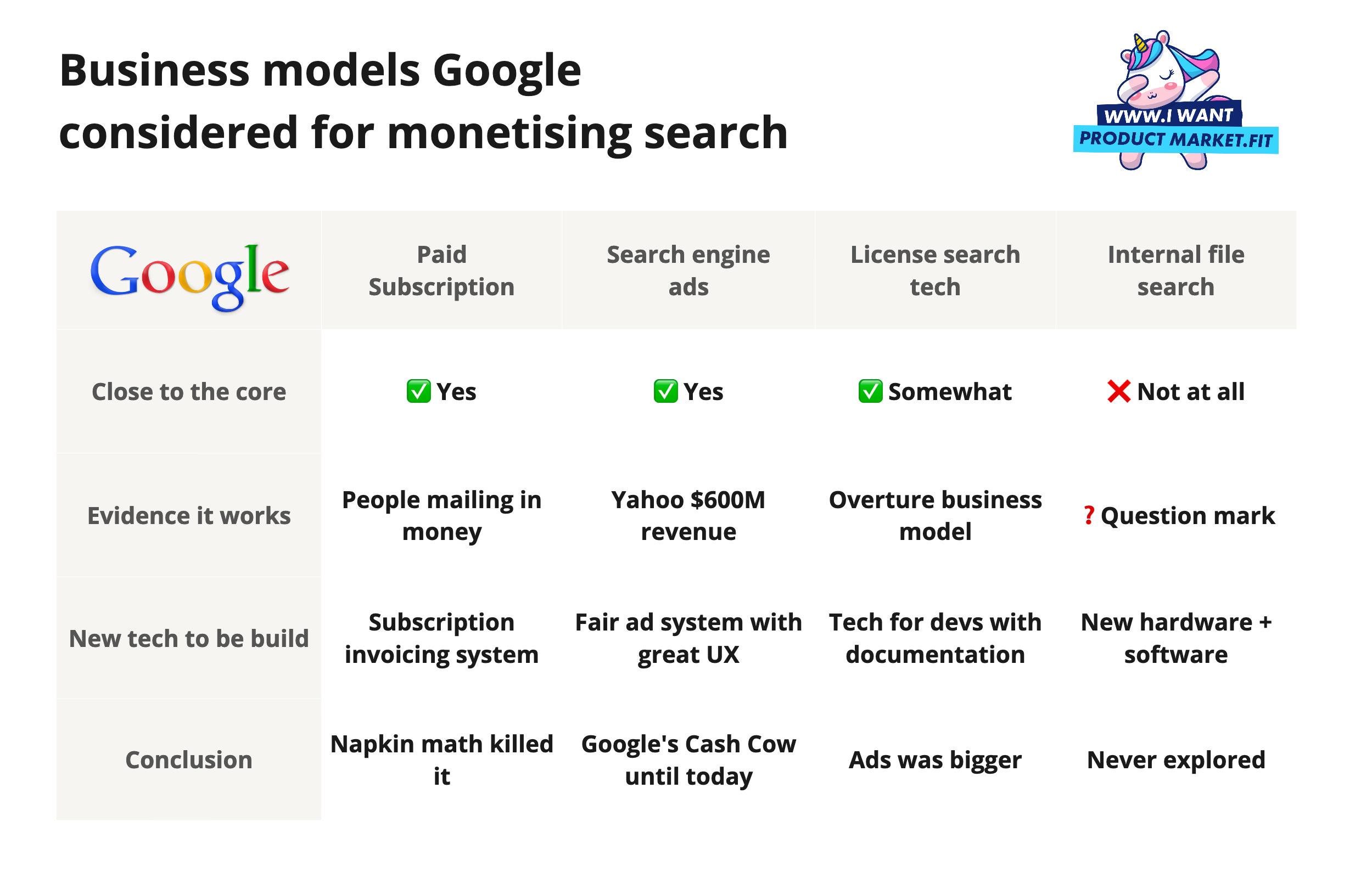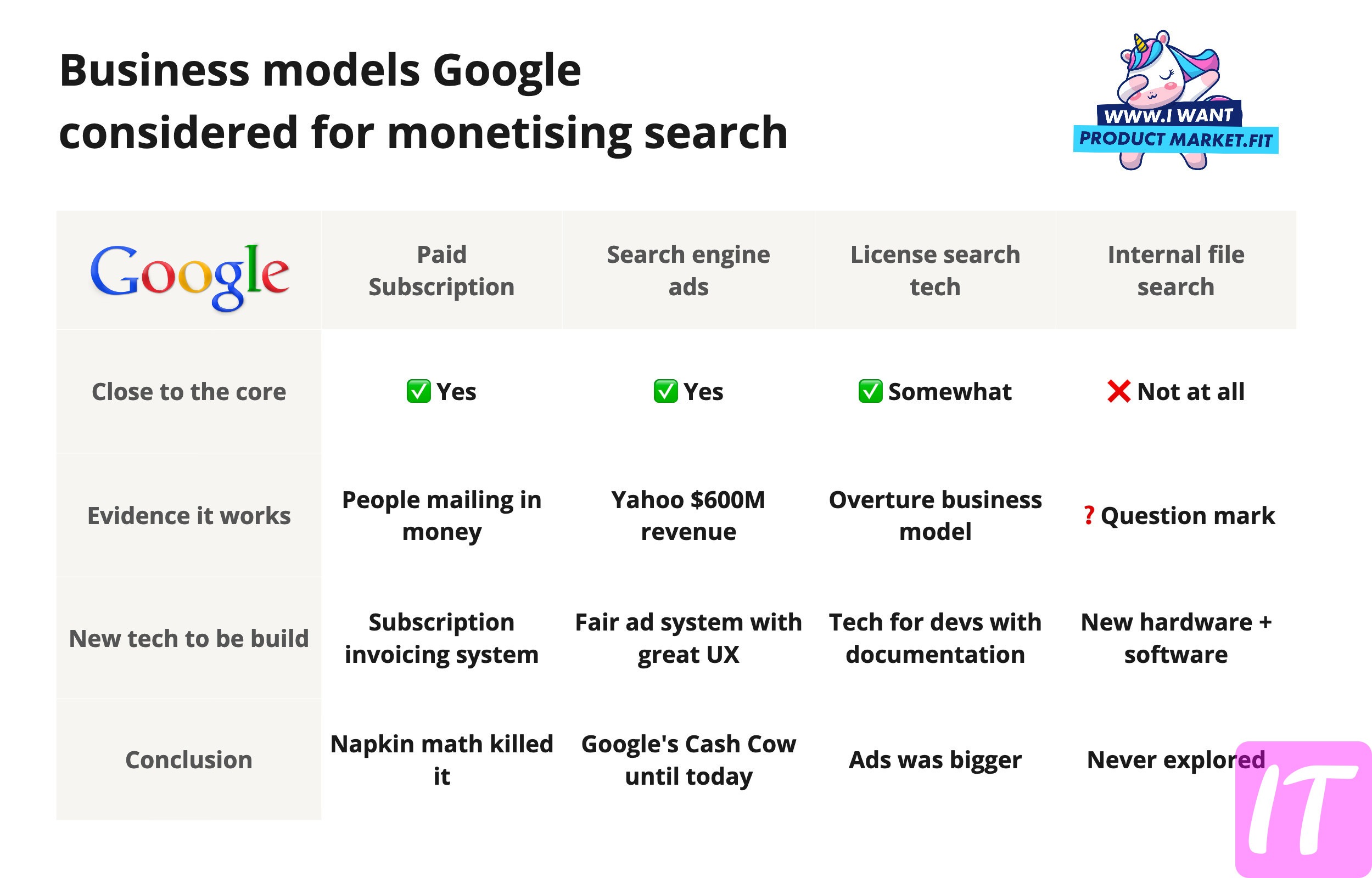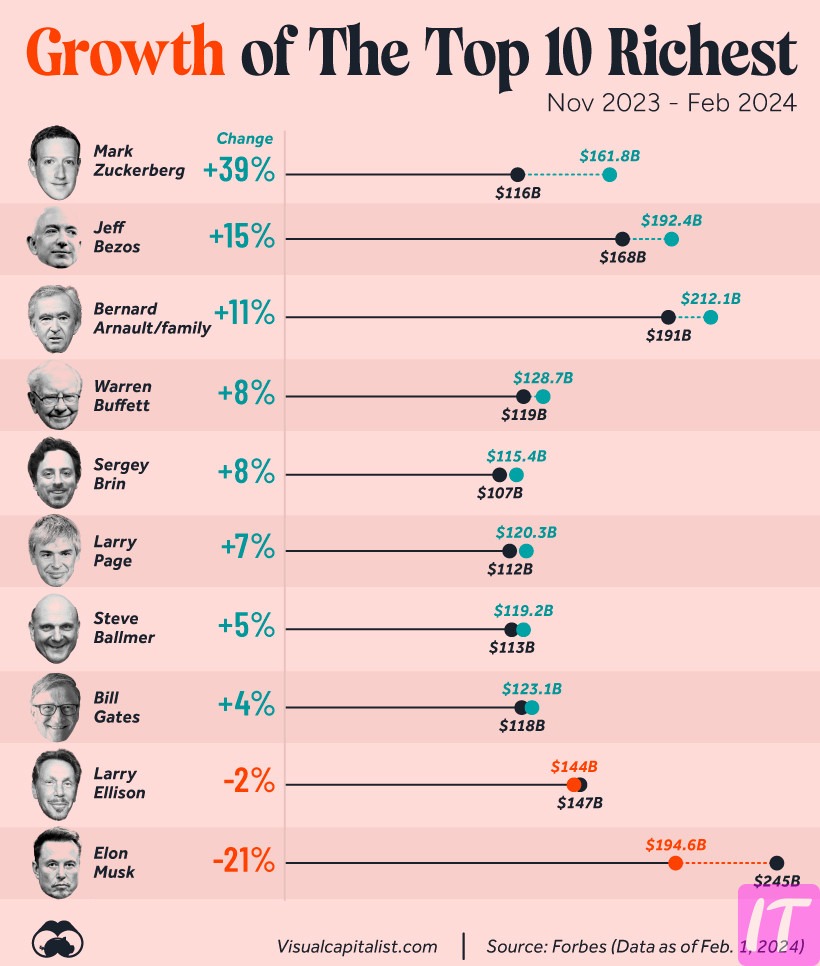Creators are often surprised to find out that over 25% of videos on YouTube are demonetized or restricted due to Google’s stringent policies. These changes have left many content creators scrambling to adjust their material, and some have even contemplated leaving the platform altogether. The shift in policy has intensified the debate about the balance between content regulation and creator freedom.
Historically, Google’s monetization policies have fluctuated, but never have they been as stringent as they are now. This rigidity stems from an increased focus on advertiser-friendly content, leading to tighter control over what qualifies for monetization. A recent report highlighted that nearly 40% of creators saw a significant drop in their revenue, exacerbating the dissatisfaction.

Why Google’s Recent Monetization Rules Have Sparked Controversy
Google’s new monetization rules have caused a stir among many YouTube content creators. The revised guidelines are seen as too strict, limiting the types of content that can earn ad revenue. Many creators argue that this restricts their creative freedom. These changes have hit smaller channels especially hard, causing them to lose a significant portion of their income. The dissatisfaction is evident across various social media platforms.
The main issue with the new rules is that they are not always clear. Many content creators have received notices of demonetization without understanding why. This lack of clarity makes it difficult for creators to make necessary adjustments. They often feel confused and frustrated by the vague explanations. As a result, trust in the platform is eroding.
For advertisers, the changes are a move to ensure their ads appear with content that aligns with their brand values. However, this has created a conflict of interest with the creators. While advertisers may be pleased with the increased control, creators feel their livelihoods are jeopardized. This clash of priorities is at the heart of the controversy. It highlights the challenges of balancing corporate interests with individual creators’ needs.
There are suggestions for how Google could improve its policies to reduce dissatisfaction. Transparent and clear guidelines would be a good starting point. Including creators in policy discussions could also foster better understanding. Simplifying the review process and offering more support resources might ease tensions. Such steps could help bridge the gap between Google, its advertisers, and content creators.
Examining Google’s Updated Policies for Monetization
Google’s updated monetization policies focus on ensuring that content aligns with advertiser expectations. They categorize content into various tiers, determining which types can earn ad revenue. For example, content involving sensitive subjects might see limited or no ads. This detailed categorization has left some creators unsure about their content’s eligibility. It’s a big shift from the more lenient rules of the past.
One notable change is the emphasis on “family-friendly” content. Videos with inappropriate language, violence, or adult themes face stricter scrutiny. This approach aims to create a safer environment for all users. However, it also places creative restrictions on content makers. This balance between protection and freedom is challenging.
Google has also introduced stricter review processes for flagged content. The automated systems are designed to catch rule violations quickly. But these systems are not perfect and sometimes make mistakes. Creators can appeal decisions, but the process is often slow. This delay can significantly impact a creator’s revenue stream.
To keep up with these rules, content creators must constantly monitor updates and guidelines. Google offers resources and support for this purpose. These resources include FAQs, community forums, and detailed policy descriptions. Engaging with these tools can help creators understand and navigate the new policies. It’s a continuous learning curve that impacts everyone involved.
Impact on Content Creators: A Look at The Numbers
The new monetization rules have significantly impacted many content creators financially. According to a recent survey, nearly 40% of creators experienced a revenue drop of at least 30%. Smaller channels, especially, have seen a decline in income, often resulting in a demotivating effect. Creators are finding it more challenging to sustain their channels. These numbers paint a bleak picture of the current landscape.
Several data points highlight the disparity between various types of content. For example:
- Educational channels saw a 20% revenue dip.
- Entertainment channels faced a harsher 35% decline.
- Gaming channels reported a 25% drop in ad revenue.
These changes are more than just numbers; they represent real consequences for the people behind the videos. Many creators rely on their channels for their primary income. Losing this revenue means they may need to find alternative jobs or sources of income. This could result in less frequent uploads and a decrease in content quality.
Google’s algorithm changes and increased reliance on automated systems have also played a role. These systems sometimes flag content incorrectly, causing unnecessary demonetization. Creators have voiced their frustrations, citing delays in resolving these issues. This has led to a call for more human oversight to ensure fair treatment.
Case Studies: Creators Affected by Google’s strict Monetization Policies
One well-known example is the YouTube channel “TechGuru.” After the policy changes, many of their instructional videos were flagged as “not advertiser-friendly.” This led to a 50% drop in their monthly revenue, causing significant financial strain. Despite appealing the decisions, the process took weeks with mixed results. The channel’s owner mentioned considering a switch to different platforms.
Similarly, the “FamilyFunTime” channel, which focuses on family-friendly content, faced unexpected demonetizations. Videos that featured children playing were targeted due to strict guidelines about minors. This policy change brought a 40% revenue reduction. The creators felt unfairly punished, considering their efforts to make wholesome content. It became a point of major frustration.
In the gaming niche, the popular “GamerXtreme” channel experienced a decline as well. Videos showcasing gameplay with simulated violence were flagged and demonetized. Although gaming is a massive part of YouTube, the new rules affected even top creators. Their revenue dropped by 30%, prompting them to look for additional sponsorship deals. This shift required a lot more effort and resources.
A smaller channel, “EcoWarriors,” which promotes environmental awareness, faced similar hurdles. The politics and activism behind their videos caused many to be demonetized. This resulted in a significant loss of income, forcing the creators to cut back on their production budget. Their advocacy work was impacted, leading to concerns about the platform’s support for social causes. Their story underscores the broader implications of the new policies.
Here is a table summarizing the impacts on different channels:
| Channel Name | Content Type | Revenue Impact | Reaction |
|---|---|---|---|
| TechGuru | Tech Instruction | -50% | Considering platform switch |
| FamilyFunTime | Family Activities | -40% | Major frustration |
| GamerXtreme | Gaming | -30% | Seeking sponsorship deals |
| EcoWarriors | Environmental Awareness | -35% | Production budget cuts |
The Balance Between Platform Regulation and Creator Freedom
Finding a balance between platform regulation and creator freedom is a complex task for Google. The company’s primary aim is to ensure a safe, advertiser-friendly environment. This involves stringent rules that affect what content can be monetized. For instance, content deemed inappropriate or controversial may face immediate demonetization. This safeguarding is crucial but has unintended consequences for creators.
Creators argue that these strict regulations stifle their creative freedom. Many find it challenging to push boundaries or address sensitive topics without fearing demonetization. Some of the most popular videos that drive traffic and engagement are those that tackle these issues. The creative community feels that a more lenient approach could support more diverse content. Finding this middle ground remains a significant challenge.
Advertisers demand stringent regulations to protect their brand image. They want to associate with content that aligns with their values, avoiding any negative repercussion. Google aims to meet these demands to keep their primary sources of revenue satisfied. However, this often comes at the expense of content diversity. Creators are often the ones who bear the brunt of these changes.
Multiple recommendations have been made to address this issue. Suggestions such as clearer guidelines, better communication, and more human oversight have been proposed. Here are a few concrete steps:
- Clearer guidelines to reduce confusion
- Direct communication channels between Google and creators
- More human reviewers to handle content appeals
- Regular updates to keep everyone informed
Implementing these recommendations could help in finding a balance. Improved communication and clearer rules can lead to less frustration among creators. The introduction of more human oversight can ensure fairer assessments of content. These actions may bridge the gap between Google’s need for regulation and creators’ desire for freedom.

Frequently Asked Questions
Here are some common questions and answers related to Google’s new monetization policies. These insights aim to shed light on the impact and concerns of creators.
1. How do Google’s new monetization rules affect small content creators?
Small content creators are significantly impacted due to stringent guidelines, often seeing a sharp decline in ad revenues. Many lack the resources to effectively challenge demonetization decisions, leaving them unable to sustain their channels financially.
This has caused frustration as smaller channels find it harder to meet the new standards. The loss of revenue means they might have to reduce content frequency or even consider leaving the platform.
2. What types of content are most likely to be demonetized under these rules?
Content that includes sensitive subjects like violence, adult themes, or controversial topics is more likely to be demonetized. Also, videos with excessive profanity or graphic descriptions can fall afoul of these guidelines.
This affects creators who explore complex or mature themes, forcing them to either change their approach or face financial penalties. With less freedom, creativity can be stifled under these constraints.
3. Can creators appeal a demonetization decision? If so, how effective is this process?
Yes, creators can appeal a demonetization decision by submitting a review request through YouTube’s platform. However, the effectiveness varies; many appeals take weeks for resolution and don’t always result in restored monetization.
This lag in response time causes significant income disruptions for affected creators. The process itself is often seen as opaque and inadequate for addressing broader community concerns.
4. Why does Google prefer automated systems for monitoring content?
Google prefers automated systems because they enable quick scanning and flagging of vast amounts of content efficiently. Automation ensures compliance at scale but isn’t without it flaws including false positives.
The reliance on AI aims to speed up processes but sacrifices accuracy due to inherent limitations in recognizing context and nuanced language use correctly. This system creates additional challenges for human review teams.
5. How have advertisers influenced these stricter monetization policies?
Advertisers place high demands on brand safety and want their ads associated only with appropriate content which led Google tightening regulations covering advertissers preferences first before balancing needs from/createors perspective understanding individual creative differences influencing Google’s decision making outcomes accordingly .
</PThese demands ensure that brands aren't tarnished by association with inappropriate material driving stricter rule implementations ranging further negatively affecting creative freedom accessibility guiding future policy directions remaining tolerable market profitability stability forward data factual accuracy</R serten metrics evaluations industry safe hold ahead .
Conclusion
Google’s recent monetization policies have undeniably stirred controversy among content creators. These new rules aim to satisfy advertisers but often leave creators feeling restricted and unsupported. The balance between platform regulation and creative freedom remains a difficult challenge.
Looking ahead, transparent guidelines and better communication can help mitigate these issues. By including creators in policy discussions and providing adequate support, Google can work towards a more balanced and harmonious ecosystem. The journey to achieve this balance is crucial for the future growth and sustainability of the platform.







